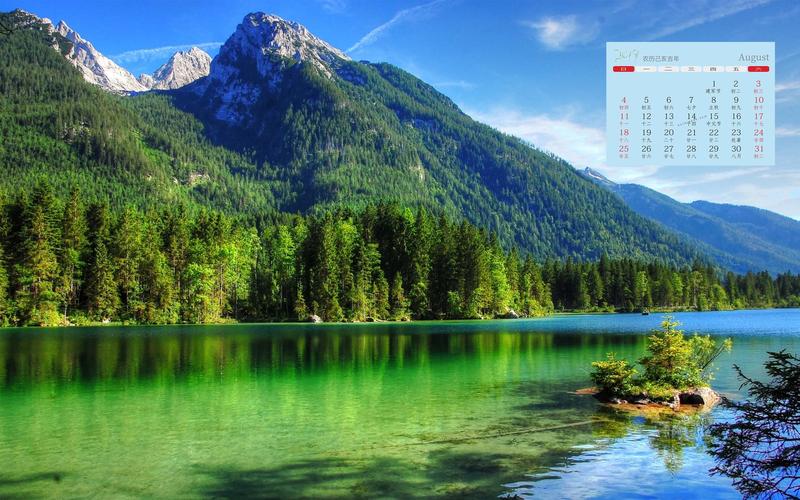Exploring the Best Virtual Reality Journalism Examples: A Comprehensive Guide
As technology continues to advance, more opportunities arise to innovate journalism. Although traditional journalism is still relevant, the emergence of virtual reality (VR) has created an avenue for immersive and interactive storytelling. In this comprehensive guide, we will explore the best examples of virtual reality journalism that showcase the potential of this emerging medium.
Introduction
Virtual reality journalism combines state-of-the-art technology with artful storytelling to create an experience unlike any other. It immerses the viewer in the story, transporting them to a different time and place. The ability to interact with the environment and the characters in the story makes virtual reality journalism exciting for both content producers and consumers.
The Benefits of Virtual Reality Journalism
Using virtual reality to report the news has many benefits. By bringing the audience to the story, the possibility of empathy and understanding becomes higher. VR also adds an extra layer of interactivity, allowing the audience to truly engage with the story. Furthermore, stories can be told using new perspectives such as the first-person view, allowing reporters to put themselves in the shoes of a character within the story.
Examples of Virtual Reality Journalism
There are many exceptional examples of virtual reality journalism that showcase the potential of the medium. Here are a few noteworthy examples:
1. The Syrian Refugee Crisis – The New York Times
In “The Displaced,” a project by the New York Times, viewers can see the turmoil and struggle faced by refugees in Syria. By using a VR headset, viewers can walk alongside the refugees and empathize with their struggles. It’s an experience that no amount of text-based journalism can achieve.
2. The Aftermath of the Nepal Earthquake – BBC
BBC’s “Epicentro” puts the viewer into the heart of the Nepalese earthquake. Through the use of 360-degree video, viewers can interact with the environment and the people affected by the disaster. This engaging approach enables viewers to feel the devastation and destruction firsthand.
3. Climate Change – The Guardian
“Underworld” is a virtual reality experience by the Guardian that visualizes the effects of climate change rising sea levels. By using a VR headset, viewers can see the disaster in an immersive and interactive way. This experience helps to raise awareness of climate change in a significant way.
The Future of Virtual Reality Journalism
Virtual reality journalism is in its early stages, but the potential for this medium is enormous. The interactivity and immersive qualities of VR have the potential to revolutionize journalism by bringing the audience even closer to the story. With the rise of 5G technology and better VR hardware, virtual reality journalism will only continue to improve.
Conclusion
Virtual reality journalism presents many opportunities for innovative storytelling. From the Syrian refugee crisis to the aftermath of the Nepal earthquake, the examples of VR journalism discussed here allow viewers to connect with the stories in a more profound way. As technology continues to advance, we can expect to see more compelling and interactive VR journalism.
(Note: Do you have knowledge or insights to share? Unlock new opportunities and expand your reach by joining our authors team. Click Registration to join us and share your expertise with our readers.)
Speech tips:
Please note that any statements involving politics will not be approved.
